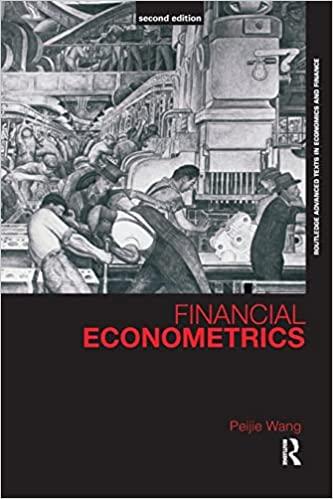Answered step by step
Verified Expert Solution
Question
1 Approved Answer
please explain these 2 question in detail! there is already have answer for it. (3-4). The following Q-Q plots compare the daily returns on S&P500
please explain these 2 question in detail! there is already have answer for it. 

(3-4). The following Q-Q plots compare the daily returns on S&P500 index with the normal distribution and Cauchy distribution. (3) The plots suggest that (a) The returns have lighter tails than both normal and Cauchy. (b) The returns have lighter tails than normal and heavier tails than Cauchy. (c) The returns have heavier tails than normal and lighter tails than Cauchy. (d) The returns have heavier tails than both normal and Cauchy. Answer: C. Refer to Assignment 2, II; Lecture 2, p19-20. (4) The 1\% VaR and expected shortfall (ES) computed based on the normal assumption are v and s respectively. Which of the following is most likely the case for the true 1% VaR and ES? (a) VaR0.01>v,ES0.01

Step by Step Solution
There are 3 Steps involved in it
Step: 1

Get Instant Access to Expert-Tailored Solutions
See step-by-step solutions with expert insights and AI powered tools for academic success
Step: 2

Step: 3

Ace Your Homework with AI
Get the answers you need in no time with our AI-driven, step-by-step assistance
Get Started


